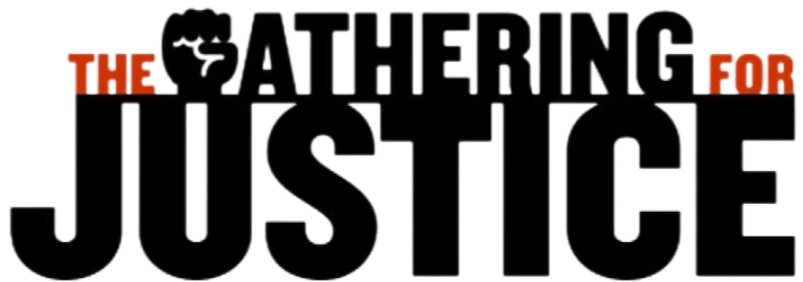History of Family Separation
SLAVERY (1501-1865)
The United States often split enslaved black families and sold to other slave owners, leaving families torn apart and some never reuniting. This practice was intentionally used to punish enslaved people by selling their family members to plantations far away.
By law, enslaved parents did not have rights to their children and legally they could be sold without notice. Women often performed abortions on themselves or infanticide on their young children to save them from the horrors of slavery. (Source)
The separation of African American families led to the loss of culture, intergenerational trauma, and connection to one's heritage. Enslaved people were often punished for crying, complaining, or fighting back. (Source)
Romans 13 was quoted before the Civil War as a religious and moral justification for slavery. This is the same passage evoked by Sessions and Huckabee Sanders to justify family separation at the border.
NATIVE AMERICAN BOARDING SCHOOLS
Boarding schools were created to force assimilation onto indigenous people. “Kill the Indian, save the man” was the ideology behind boarding schools.( Source)
While in these schools, native children were forced to take on “american” names, clothing and hairstyles. All native languages were outlawed and the people were forced to practice Christianity. (Source)
25-35% of children were removed from their parents care, 85% of which were removed completely from their communities (Source)
Children of families who refused to assimilate were more likely to be taken and placed with white families.
To this day, Native children are placed in foster care at a rate 2.7 times higher than their representation in the population. ( Source)
MASS DEPORTATION OF MEXICANS & MEXICAN AMERICANS 1930s-1940s)
Anti-Immigrant sentiments were stirred during the Great Depression by claiming that they were taking jobs. Two million people were deported to Mexico of which over half were American citizens, according to some estimates. (Source)
Raids took place in public places and workplaces. Social workers told people that their benefits would end and they would be better off in Mexico. In many cases, parents were deported while their American born children were left behind. (Source)
JAPANESE INTERNMENT CAMPS (1942-1945)
- While the U.S was at war with Japan, 120,000 Japanese American people were forced into prison camps by the U.S government and 30,000 of them were children. Many children reluctantly joined the Army as soon as they turned 18 to prove their families’ loyalty to the US and died in the war. (Source)
Although Japanese migrants were experiencing an anti-Japanese movement in America, as many as 33,000 Japanese Americans served in the war, with about 800 losing their life for a country that mistreated them. (Source)
Operation “Wetback” (1954)
Mass deportation of 1.1 million Mexican Americans, including hundreds of US citizens, to Southern Mexico where they were left without ways to get back to the cities they were originally from. (Source)
Some 88 braceros died of sun stroke as a result of a round-up that had taken place in 112-degree heat, and [an American labor official] argued that more would have died had Red Cross not intervened. (Source)
Unlike the current immigrant detainment process, Operation Wetback was actually a collaborative effort between the United States and Mexican government to encourage the legal hiring of immigrant workers as a compliment to crackdown on illegal hiring. (Source)
border youth project (1991)
In the 1990s, unaccompanied minors from Mexico, malnourished children as young as 8 or 9, gathered in “Orphans’ Barrios” under freeways and in parking lots across San Diego, Orange County, and Los Angeles. The lucky ones crowded in nearby apartments. They gathered into “orphan gangs” to look out for one another but became vulnerable to drug addiction and petty crimes due to their homelessness. As one director of an immigrant shelter in Los Angeles explained at the time, “For immigrant kids, there’s no hope.” (Source)
The Orphans’ Barrios were incredibly dangerous. Young and entirely without resources or adult protection, the children were targeted by gangs. According to Starr, pedophiles in BMWs rolled through the Orphans’ Barrios, where they paid the children between $20 and $40 for sex. (Source)
Thousands of homeless immigrant children were arrested for minor offenses (mostly petty theft), and were ultimately deported from California to jails in Tijuana, Mexico. The US has no way of knowing what happened to these children after they were sent to Mexico. (Source)
Obama Era Deportations
Comparisons between Trump and Obama on immigration usually focus on deportations of unauthorized immigrants living in the US. Trump has been rapidly expanding enforcement, but the numbers are still comparable to Obama’s first term. (Obama holds the record for deporting more immigrants than any president, with more than 2 million deportations over eight years — though he scaled back enforcement in the last two years of his administration.) (Source)






